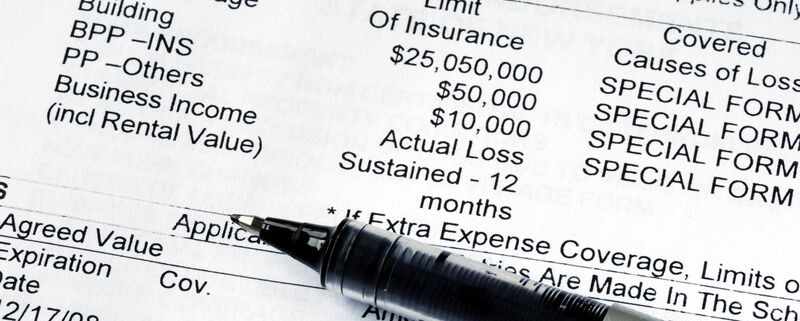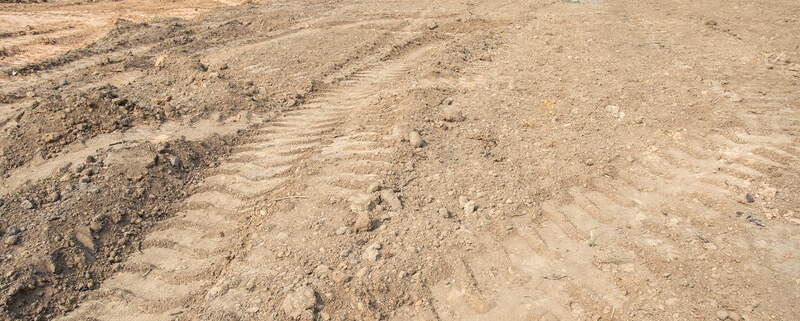The U.S. is reported to lead the world in extreme weather catastrophes, and their damaging impact on commercial property is also clobbering insurance companies, leading to staggering rises in the cost of premiums in vulnerable states.
“For states with the greatest extreme weather risk, current costs of $3,077 could almost double to hit $6,062 per building per month, a 10.2% CAGR [Compound Annual Growth Rate] by 2030,” according to an analysis by the Deloitte Center for Financial Services.
Low-risk states will not be spared. Their premiums could shoot up from $,1,935 per building per month now to $3,299 by 2030 at a 7.9% CAGR. The average premium for commercial buildings outside these states is projected to rise from $2,726 in 2023 to $4,890 in 2030 at a CAGR of 8.7%.
In 2000, the average premium for commercial buildings in a high-risk state was around $1,000. However, exposure to natural hazards in the last five years has pushed premiums on structures in the 10 highest risk states up 108% and 31% year-over-year.
“By 2030, the cost premium of being in a higher-risk, extreme weather state could be 24.0% greater than the national average, compared to a 32.5% discount in lower-risk states,” Deloitte stated.
It’s perhaps not surprising that California emerged as the nation’s state at greatest risk with an annual expected loss score of 100 % thanks to its exposure to drought, earthquake, heat waves, landslides, riverine flooding, and wildfire. Florida came second, scoring 98.21% due to coastal flooding, cold waves, hurricanes, lightning, and tornados. Texas ranked third (96.43%), followed by North Carolina (91.07%), Washington (89.29), South Carolina (87.5), Illinois (85.71), New Jersey (83.93), Georgia (82.14) and Missouri (80.36).
In addition to current costs of natural disasters that insurers are expected to cover, insurers have been playing catch-up from increased losses in recent years, Deloitte noted. From 1Q 2021 through 4Q 2022, the rate of growth of premiums trailed the rate of inflation. But beginning in 2023 the situation reversed, and premium increases outran inflation for three out of four quarters.
“As inflation and rate uncertainty soften slightly, the lasting impacts of extreme weather will likely remain as a driver for continued pricing growth for the near future,” the report predicted.
“In 2023, there were 28 separate billion-dollar extreme weather events with estimated recovery costs totaling US$92.9 billion, exceeding the records for both count and cost from 2020.8 These included 19 severe storm events (tornadoes, high winds, and hailstorms), four flood events, two tropical cyclones, one wildfire event, one winter storm and cold wave, and one drought and heat wave. In total, these events accounted for a 56% increase from 2022, and up 180%, or a compound annual growth rate of 10.8% per year, from levels 10 years ago. Assuming a similar annual trajectory, there could be as many as 42 separate billion-dollar extreme weather events annually by 2030.”
Source: GlobeSt.


